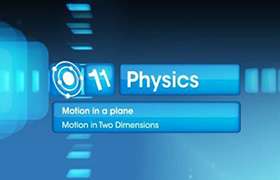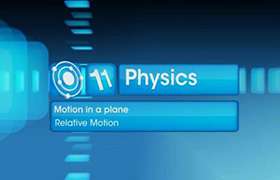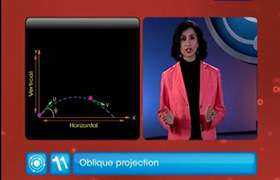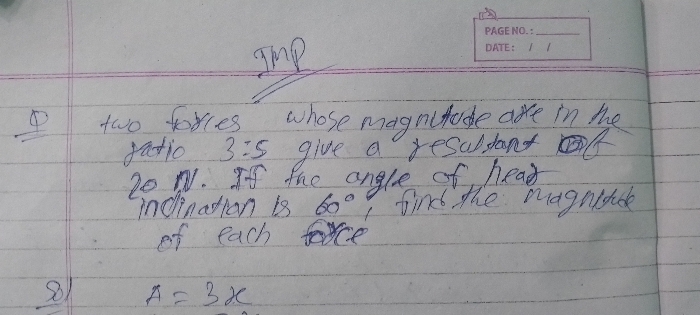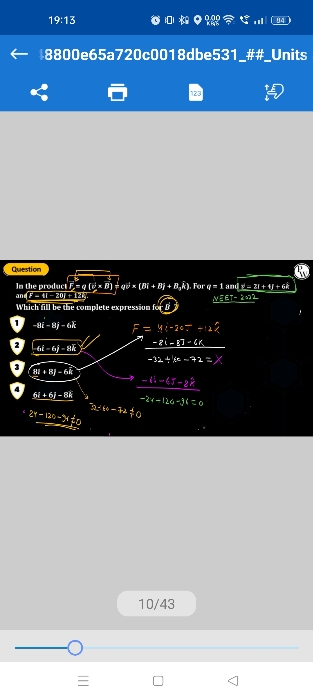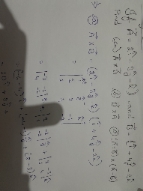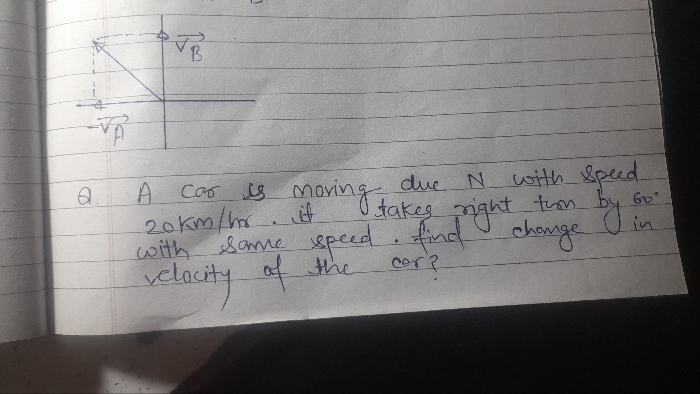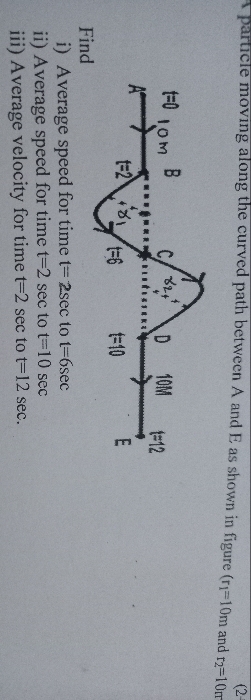CBSE Class 11-science Answered
How to derive an equation of motion by integration?
Asked by | 28 Feb, 2009, 09:53: AM
For first equation of motion, the definition of acceleration can be used.
For second equation of motion you can find the area under the v-t graph to find the distance covered by the body. For this integration can be used.
| a = | dv | ||||
| dt | |||||
| dv = | a dt | ||||
| v | Δt | ||||
| ⌠ ⌡ |
dv = | ⌠ ⌡ |
a dt | ||
| v0 | 0 | ||||
| v − v0 = | aΔt | ||||
| v = | v0 + aΔt | [1] | |||
| v = | dx |
|
|||||
| dt | |||||||
| dx = | v dt | ||||||
| x | Δt | Δt | |||||
| ⌠ ⌡ |
dx = | ⌠ ⌡ |
v dt = | ⌠ ⌡ |
(v0 + aΔt)dt | ||
| x0 | 0 | 0 | |||||
| x − x0 = | v0Δt + ½ aΔt2 | ||||||
| x = | x0 + v0Δt + ½ aΔt2 | [2] | |||||
Answered by | 03 Mar, 2009, 10:21: AM
Concept Videos
CBSE 11-science - Physics
Asked by roshnibudhrani88 | 23 Mar, 2024, 05:52: PM
CBSE 11-science - Physics
Asked by vinitdubey7735 | 14 Mar, 2024, 11:21: AM
CBSE 11-science - Physics
Asked by shailajakandikatla19 | 18 Jan, 2024, 06:40: PM
CBSE 11-science - Physics
Asked by dhanshreekansyakar | 09 Jan, 2024, 11:57: AM
CBSE 11-science - Physics
Asked by banhisikhapanda49 | 07 Nov, 2023, 10:42: PM
CBSE 11-science - Physics
in a vertical circle of radius r at what point in its path a particle may have tension equal to zero
Asked by momintaufik26 | 13 Oct, 2023, 08:26: PM
CBSE 11-science - Physics
Asked by anshujaiswalname | 10 Sep, 2023, 01:29: PM
CBSE 11-science - Physics
Asked by subhashreeojha235 | 20 Jul, 2023, 11:22: AM
CBSE 11-science - Physics
Asked by preethiprithivi05 | 21 Feb, 2023, 09:28: PM
CBSE 11-science - Physics
Asked by hy9022075 | 11 Jan, 2023, 05:06: PM


